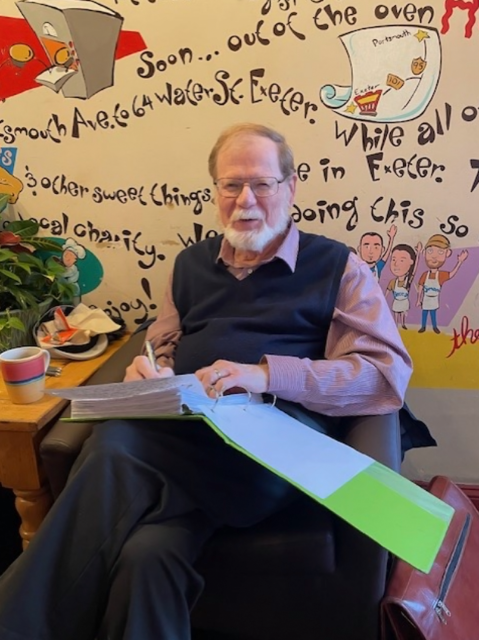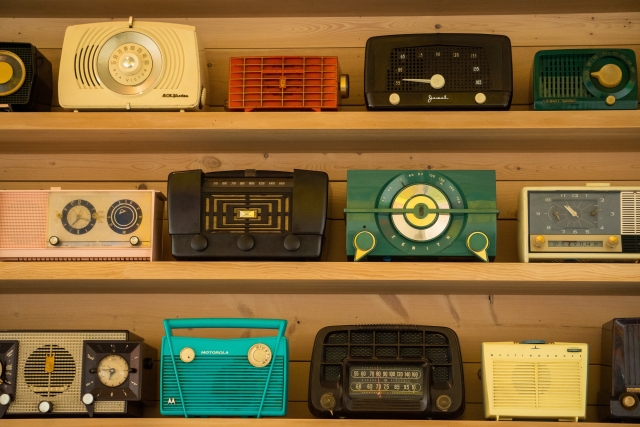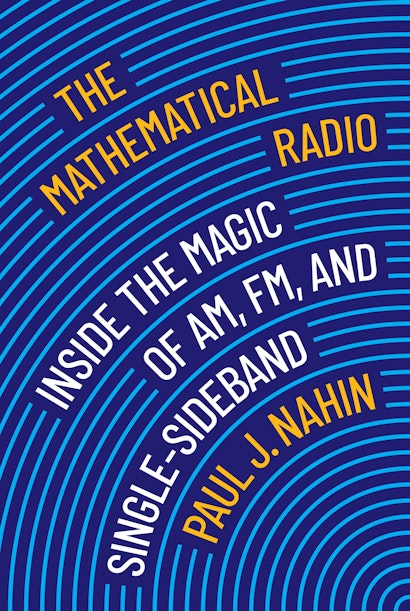Kids, today, are surrounded, from birth, by countless electronic gadgets: cellphones, computers, video game consoles, televisions, and other stuff I don’t even know what to call. There are lots of radios, too, but compared to the other gadgets I mentioned, a mere radio must seem like pretty small potatoes. But that wasn’t so when I was a kid (about 70 years ago!). In the late 1940s and 1950s, when I was in grammar and high school, there were no cell-phones—(if you wanted to call somebody, you found a pay-phone booth and dug through your pockets for change)—or home computers, or video game consoles. There were televisions then, sure, but they were really primitive compared to today’s sets. When, after all, was the last time you saw a picture on a modern solid-state TV ‘roll,’ or have scan-lines through it? If you are younger than 50, you have probably never seen such things.
Television signals, in those long-ago days, came directly through the air because there were no vast fiber-optic cable networks or Wi-Fi. You could always tell who had just gotten a new TV when an antenna popped-up overnight on a house roof. Yes, television was around when I was a kid (I’m not that old!), but in those long-ago days of my youth it was radio that was king. What you hear on AM broadcast radio today is mostly inane dribble compared to what I listened to, every night, when my parents thought I was doing school work (I was, in a way, sort of): The Lone Ranger, Escape, Sky King, Space Patrol, Gunsmoke, X-Minus One, Suspense, Fibber McGee & Molly, The Shadow, The Halls of Ivy, The Bickersons,… God, it makes me weep to realize that those programs are gone forever from the air.
When I was a kid, you could actually look inside a radio and see all sorts of neat stuff in there, like the amazing mechanical linkages of the tuning mechanism, or the mysterious, soft yellow glow of the vacuum tubes (the transistor hadn’t yet completely replaced tubes). Take a radio apart today and all you see is a bunch of little plastic-like blobs called integrated circuits, which sounds neat, although it all still looks like little plastic blobs. The wonders of what I could see inside my parents’ 1947 AM/FM radio console (the centerpiece of the living room furniture) hooked-me. In high school, at about the time I started reading the monthly magazine called Popular Electronics, I bought a Heath Company radio kit and made my very own radio. I didn’t know what the superheterodyne (isn’t that a neat word?) circuitry actually did, but I could follow construction instructions, and when I turned it on and it actually worked… what joy!
It was my teenage fascination with radio that resulted in me majoring in electrical engineering in college, and eventually becoming a professor of electrical engineering. And, when I started writing books on engineering, math, and physics, it was that early love of radio that resurfaced as my motivation for writing The Mathematical Radio for Princeton. It’s impossible, today, to recreate the experiences I had so many years ago (Heath Company still exists, but got out of the kit business decades ago, and Popular Electronics vanished long ago, as well), but the writing of my book is an attempt to do the next best thing—to try to bring the intellectual and emotional thrills of old-time radio to life for today’s modern generation (who also love math). As maybe you can tell from the photo below, I had a lot of fun doing that. Maybe not quite as much fun as I had listening to The Green Hornet, but pretty close!

Paul J. Nahin is emeritus professor of electrical engineering at the University of New Hampshire. He is the author of many popular math books, including most recently In Pursuit of Zeta-3: The World’s Most Mysterious Unsolved Math Problem; Hot Molecules, Cold Electrons: From the Mathematics of Heat to the Development of the Trans-Atlantic Telegraph Cable; and How to Fall Slower Than Gravity: And Other Everyday (and Not So Everyday) Uses of Mathematics and Physical Reasoning (all Princeton).

